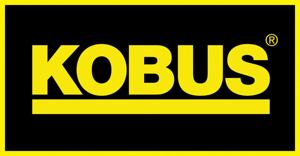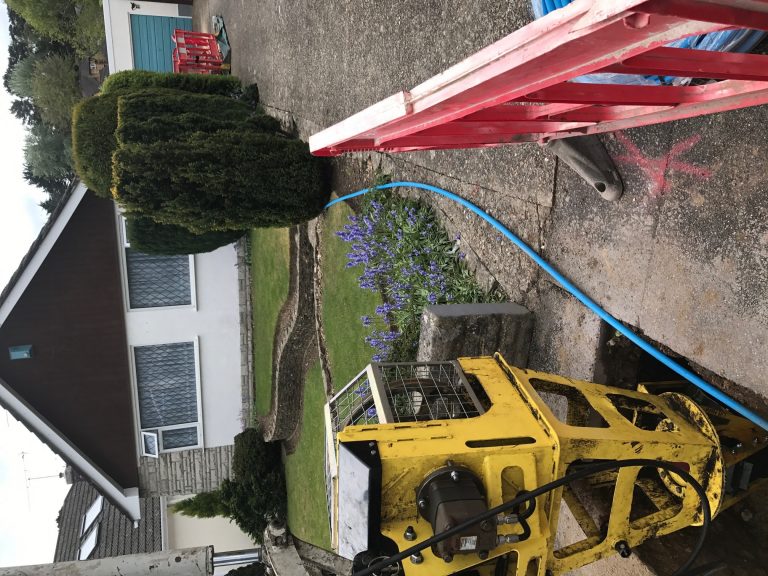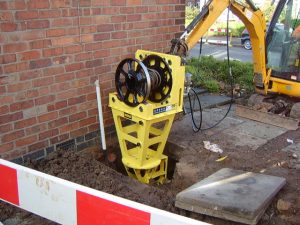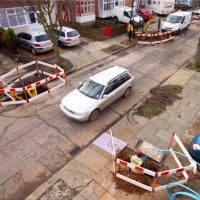Repairing utility pipes in the fastest and safest possible time is a priority but so to is reducing disruption to neighbouring properties and the public. During replacement of mains water or gas pipes, which typically run along one side of a carriageway, the road has to be closed on one side to excavate the old mains pipe and install a new mains pipe. The service connections to each property served by the new mains may have to be re-installed as well. 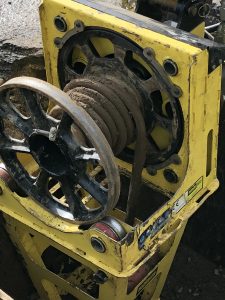 To keep traffic moving, even through temporary traffic management systems, one side of the road is usually required to be kept open. Therefore, one side is closed for a period to replace the mains, which is then reinstated to allow traffic to pass, while the other side is then closed to replace the services from the mains to properties on the far side of the road.
To keep traffic moving, even through temporary traffic management systems, one side of the road is usually required to be kept open. Therefore, one side is closed for a period to replace the mains, which is then reinstated to allow traffic to pass, while the other side is then closed to replace the services from the mains to properties on the far side of the road.
 To keep traffic moving, even through temporary traffic management systems, one side of the road is usually required to be kept open. Therefore, one side is closed for a period to replace the mains, which is then reinstated to allow traffic to pass, while the other side is then closed to replace the services from the mains to properties on the far side of the road.
To keep traffic moving, even through temporary traffic management systems, one side of the road is usually required to be kept open. Therefore, one side is closed for a period to replace the mains, which is then reinstated to allow traffic to pass, while the other side is then closed to replace the services from the mains to properties on the far side of the road.Why does this matter?
Partial road closures can last several days and are highly disruptive to local traffic movement. Large excavations, across or along carriageways, bring large plant moving equipment to residential streets to help remove extracted material away from the site and return reprocessed material for backfilling. Large excavators, concrete/tarmac and pneumatic drills/peckers that are used to break up the concrete, tarmac surface are also required. All this plant equipment creates additional noise, dust, pollution, parking restrictions for residents and wider traffic flow issues.If left unchecked?
A huge amount of ill-will could be directed towards the contractor by the homeowner because of the increased delays caused by the works. There is a traffic management cost, and a risk of fines from local authorities if projects over-run. There may also be lane rental charges introduced in high congestion areas due to inaccessible roads. Consequently, regulators are challenging utility companies to improve customer satisfaction ratings, and so lengthy, disruptive traffic restrictions are only going to exacerbate the problems.Solution
Repairing utility pipes using conventional methods is messy, expensive and disruptive. Pipe pulling technology requires only two smaller excavations (often hand dug) on each side of the carriageway to extract and replace the pipe. Reinstatement is minimized. Plant equipment movement is minimized. Noise pollution is reduced. Partial road closures can be reduced in time, with only one side needs to be closed to replace the mains.Like this post and want more?
Be one of the first to download our new guide If you’re in the business of repairing utility pipes, download our new ground-breaking Ten challenges facing pipe replacement contractors – and how to tackle them more effectively now here.Sign up to receive our FREE essential guide to the ‘Ten challenges facing pipe replacement contractors – and how to tackle them. Click on the ‘Download Guide’ button here
